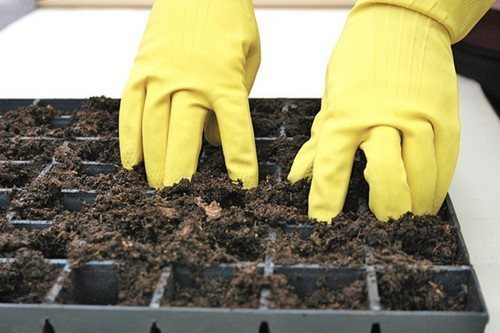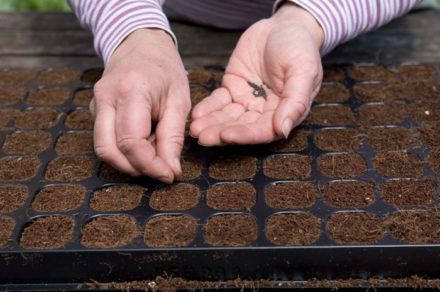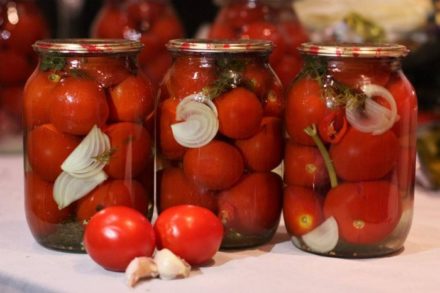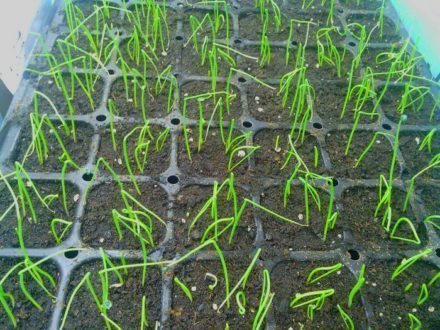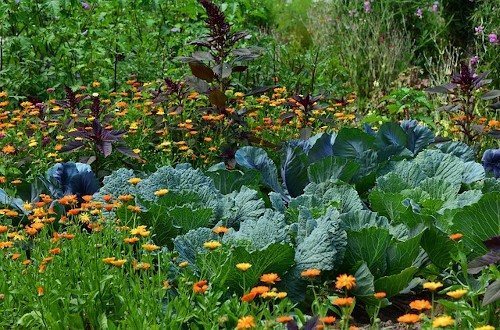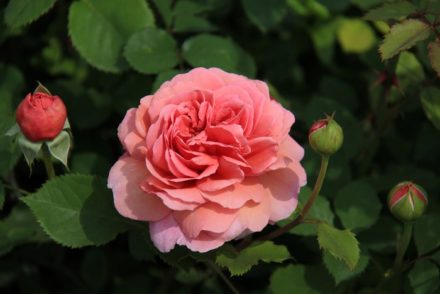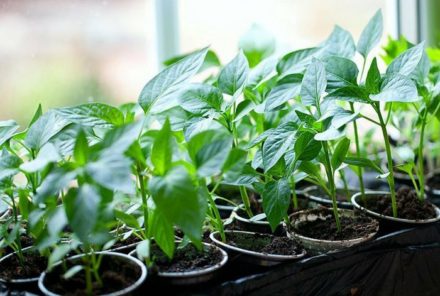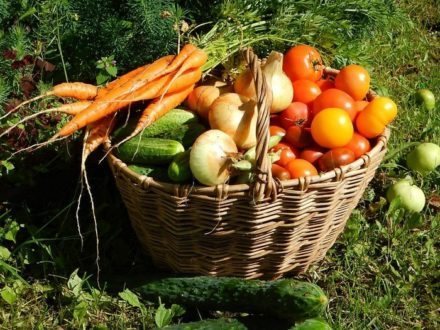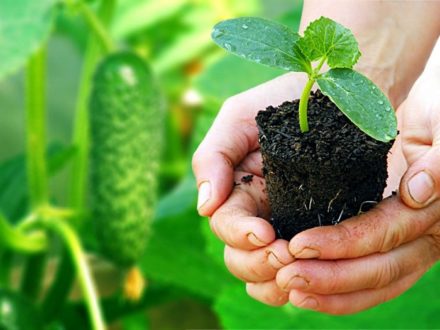Strong seedlings are the key to a bountiful harvest in the new season. But often the health of young plants is at risk, and the main reason is poor soil. Both beginners and experienced gardeners make annoying mistakes when preparing the soil.
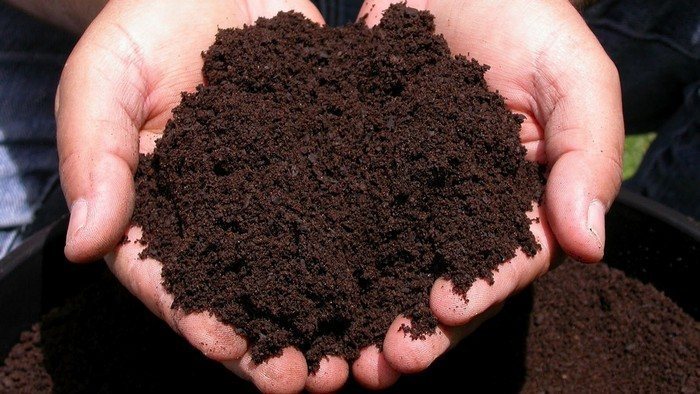
Wrong proportions
When preparing the soil, it is important to maintain the ratio of all components and avoid the presence of clay and decomposing products. The composition and proportions should be as follows:
- composting products – 40%;
- bog peat – 30%;
- turf land – 20%;
- river sand – 10%.
An incorrectly selected ratio can cause moisture stagnation and disrupt the air circulation necessary for the root system.
Organic deficiency
Organic deficiency is a common mistake when preparing soil. Organic fertilizers include phosphorus, nitrogen, magnesium, potassium and other elements. Substances participate in photosynthesis, promote the reproduction of beneficial microflora, and have a beneficial effect on the growth and development of seedlings.
As organic fertilizers, you can use manure, bird droppings, humus, or purchase ready-made “Biohumus”.
Lack of nutrition
Often yellow, purple or white spots appear on young plants. Leaves and stems wrinkle, become covered with scales, and become pale and brittle. All these signs indicate a lack of nutrition.
To avoid diseases and death of seedlings, the following mineral fertilizers are applied when preparing the soil:
- calcium and potassium nitrate;
- azophoska;
- potassium monophosphate.
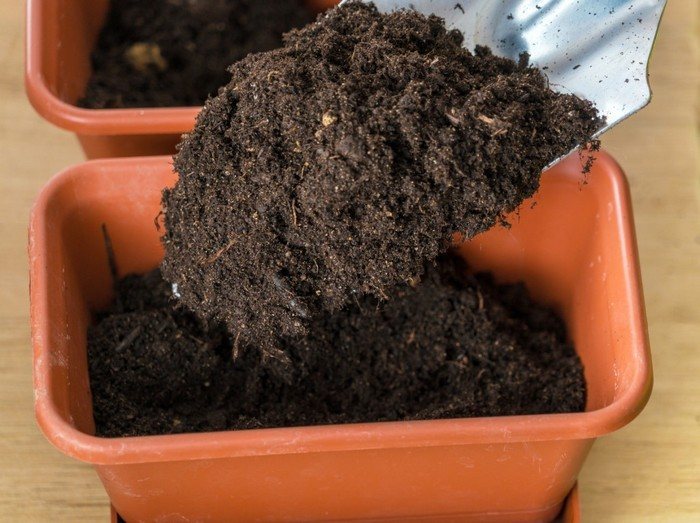
Lack of disinfection
Pathogenic microflora and insects are the main enemies of seedlings. To get rid of fungi, pathogenic bacteria and pest larvae, the soil is disinfected.
The finished soil is frozen at sub-zero temperatures for 2-3 days, steamed over boiling water for about 10 minutes or calcined in the oven at a temperature of 90-100 degrees.
Poor moisture holding capacity
Insufficient moisture capacity of the substrate is another reason for poor seedling growth. Water quickly leaves such soil, washing away nutrients.
To avoid this phenomenon, it is necessary to reduce the amount of sand and add sludge when preparing the soil.
Lack of breathability
Good air permeability is an important criterion for soil formation. To improve this physical property, vermiculite and perlite are added to the soil. These substances improve gas exchange, air permeability and make the soil looser.
Soil and culture
Selection of soil in accordance with the requirements of the crop is an important step when planting seedlings. So, a mixture of peat, turf and sand is suitable for tomatoes. Cabbage prefers peat, humus and turf soil mixed in equal parts. The optimal solution for pepper is peat and humus.
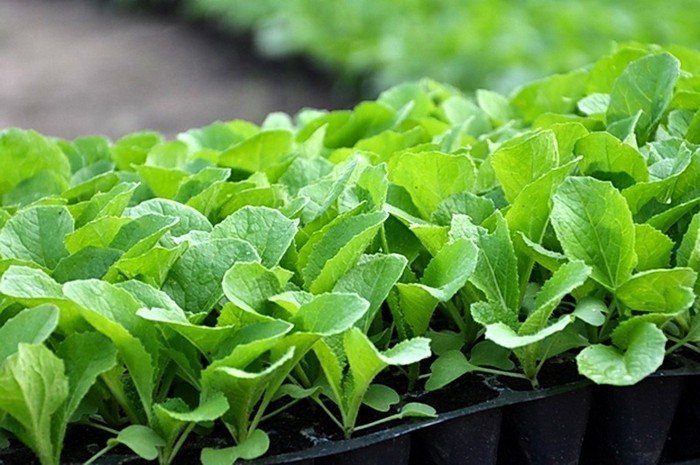
Preparing soil for seedlings is an important contribution to the future harvest.


